Scotland’s progress towards having a youth justice system that is trauma-informed and rights-respecting was at the heart of last month’s National Youth Justice Conference. There is shared ownership of the goal, but how do we get there? What barriers are in place, what solutions are in progress – and what resources do those solutions require?
The Children’s Care and Justice Bill (CCJB) was our theme, and its headline provision – putting an end to the practice of placing 16- and 17- year-olds in YOI – was roundly celebrated, whilst other areas of the bill, and its practice implications were the subject of lively and forensic discussion. As NYJAG’s Ranald McTaggart observed on Day 2, youth justice can be a lonely area to work in at times, but there was a real buzz and sense of optimism in the room, with delegates making the most of the opportunity to make connections in person for the first time since 2019. Youth justice is a complex landscape, and, of necessity, debate ranged from policy and practice to children’s rights, trauma, language, prejudice, and the value of meaningful co-production. 18 speakers, 4 co-chairs and 6 workshops means there’s too much to cover in one go, but here’s a flavour of some of the key themes and messages:
Scottish Government reaffirms its commitment
Natalie Don, MSP and Minister for Children, Young People and the Promise opened the conference. Across her plenary address and questions she made clear that the Scottish Government’s commitment to providing age-appropriate and trauma-informed support for care and justice experienced young people is longstanding, and extends beyond this single piece of legislation. Wider legislative activity (the upcoming Promise Bill, UNCRC Incorporation) is being complimented by change on the ground, such as the Secure Care Pathway and Standards, and the recently announced funding for Bairns’ Hoose test sites. Legislation alone will never be enough to bring about change in a culture or system; Ms Don emphasised the fundamental importance of a collaborative approach, pointing to the involvement of children and young people in the Children’s Hearings System Redesign Report as a concrete example of embedding children’s rights, and giving children and young people effective voice. Progress is being made, but there is still a long way to go.
What Change is Coming?
The Children’s Care and Justice Bill provides greater access to Scotland’s unique Children’s Hearings System, with the vast majority of cases involving 16- and 17-year-olds now likely to be heard there, instead of within adult court, (although the Crown reserves the right to prosecute where necessary). Effectively, current practice is a two-tier system, in which care-experienced children who engage in harmful behaviour will have their cases heard within the Children’s Hearings System, but those from outwith the care system won’t. The CCJB addresses this unintended iniquity, ensuring greater access to child-friendly justice for all children. Diverting children away from a traumatising adult justice system promises better outcomes for children, their families, and communities. It is consistent with the position of the UN Committee on the Rights of the Child, that all those under 18 should be treated as children, and as such it also complements the Scottish Government’s UNCRC Incorporation Bill. The Bill also takes forward the Scottish Government’s commitment to ending the practice of sending under 18-year-olds to HMPYOI Polmont; instead, secure care centres and community-based alternatives, which are better suited to meet children’s needs, will be utilised. As such CCJB should help Scotland to Keep The Promise.
What is and isn’t included within the Bill?
Those who have been harmed need to be given confidence in the system, and their voices needs to be heard. Kate Wallace and Neil Hunter both raised concerns around a lack of provision re. information sharing within CCJB for victims; there is a balance to be struck between the rights of those who’ve been harmed and a child’s right to privacy. Juliet Harris also highlighted that provision for child victims was one of the key points that came back on ‘Scotland’s to-do list’ from the UN Committee on the Rights of the Child. However, we know that children who cause harm and children who’ve been harmed are often one and the same, a point that Acting Commissioner for Children and Young People Nick Hobbs was quick to make, which complicates the picture. (This point was also made in the SAFE and IVY workshop that Kibble ran on Day 1).
All photos courtesy of David Wood
Secure care transport was also the subject of much discussion within the conference. Improvements are being made re. trauma-informed practice in secure care centres, but that work is made more difficult if the wait time and journey to the centre have compounded a child’s trauma. Delegates shared challenging stories of children waiting hour after hour in court before transport arrived, at a time of heightened anxiety Delegates from the Highlands and Islands pointed out that the location of secure care centres meant that children are being uprooted from their communities in order to receive support many miles away on the mainland, rather than having their needs met closer to home.
As an issue, secure care transport provision goes back decades and requires careful consideration; potential solutions range from the creation of a statutory government provider to passing the responsibility for transport onto secure care centres (with obvious resourcing implications). The Secure Care Transport Group are looking into this, but there was disappointment in some circles that CCJB doesn’t address the issue. However, Kate Crowe’s input on Day 2, exploring international examples of community-based alternatives to secure care, was a timely reminder that even the most seemingly intractable problems can be resolved – there are different ways of doing things.
Stephen Bermingham flagged concerns with the fact that CCJB lowers the threshold for Movement Restriction Conditions. Maria Galli and Nick Hobbs also questioned whether MRCs can ever be truly regarded as human rights compliant whilst Peter Orr questioned their efficacy in practice. Debbie Nolan (Scottish Government & CYCJ) was quick to point out that the Scottish Government do not anticipate a massive increase in the use of MRCs, but as part of a suite of wider prosocial interventions available to the Children’s Panel and Local Authority, they may be the right option in certain instances. Used and monitored on a one-on-one basis, accompanied by good training and guidance, Scottish Government believe they have a role to play.
‘No one should have to recover from their childhood’ – James Docherty
All the evidence points to the fact that criminalising children and young people is not only traumatising, but also increases the likelihood of reoffending. Peter Orr and James Docherty both emphasised the point that ‘systems get the outcomes that they’re designed to get’:
“‘You need to change’ we say to YP in conflict with the law, but we know that neurodevelopment is affected by a child / YP’s environment. “No one says to a plant 🌱 ‘you’re making bad choices’. – Provision and practices aren’t meeting children’s needs.” @Prev_Justice #YJConf23 pic.twitter.com/0fhG4bjxOn
— CYCJ Scotland (@CYCJScotland) June 14, 2023
As such, diverting children away from an adult court towards a process that is better equipped to address their needs and uphold their rights can be seen as a vital breakthrough in so many ways. James Docherty and CS Gordon McCreadie both addressed the traumatic, lifelong effects for children who go through the adult justice system. In her input on Day 2 Val de Souza echoed this, saying that many of the children and young people she engaged with had said that coming into contact with the care and justice systems had compounded, rather than addressed their trauma. Single digits in terms of the number of children in Polmont is good news, with positive strides made over the last two decades, but, as Nick Hobbs pointed out, this should only spur us on to eradicate the practice of imprisoning children altogether. The tragic deaths of Katie Allan and William Lindsay demonstrate the impact of this practice in the starkest possible terms; it should also be noted that William Lindsay was only placed in HMPYOI Polmont due to a lack of secure care beds available on that day.
‘Transformational Change needs transformational levels of investment.’
Of necessity, the conversation turned to resourcing on more than one occasion. As Neil Hunter pointed out, the evidence is with us, but ‘transformational change needs transformational levels of investment.’ SCRA receive around 10,500 referrals a year, on average. They anticipate that this will rise by between 3,000 – 3,500 as a direct result of raising the age of referral. Representing Children’s Hearings Scotland (CHS), Stephen Bermingham said that their modelling has led them to expect 2,415 additional hearings, with 1,020 new 16- and 17-year-olds being seen within the system. Whilst they were both confident that the Hearings System is the right place for these children’s cases to be heard, there are clear resource implications to address, with CHS identifying a need for 273 new volunteer panel members and 50 more Area Support Team volunteers.
Scotland talks a good game when it comes to children’s rights. Addressing the implementation gap that can exist between aspiration and delivery, Ben Farrugia advocated for an honest politics in which aspirations are lowered to bring them in line with available resources, rather than promising the earth and worrying about the money later. That theme of candid expectation management was also touched on by Juliet Harris on Day 2, as she addressed Scotland’s ‘implementation deficit disorder.’
New Approaches for New Outcomes
If systems are designed to get the outcomes they get, then new approaches are needed if we want different outcomes. There were a number of positive examples of this on show at the conference, many of them involving greater input from children and young people. Participation was a key theme at a number of the workshops on offer, including SCRA & Families Outside, Includem and Youth Just Us.
In his keynote address Sheriff David Mackie spoke about the extensive involvement and profound impact of young care-experienced people in the collaborative redesign work behind the Hearings System Redesign Report. The 97 recommendations in the report are built around the needs, rights and voices of children and their families. Sheriff Mackie was keen to stress that the report marked a refining of the current system, rather than an admission of failure. Framing it as a return to something more in line with the spirit of Kilbrandon, it’s intended to encourage a less adversarial, more collaborative, more rights-based approach. Key points included an emphasis on the role of the whole family, and family group decision making, and the importance of communication and collaboration in order to achieve the best possible outcomes. Children meeting the chair ahead of a hearing should now be the rule, rather than the exception, and greater opportunities for deliberation would now be introduced as standard. Working closely with young people from Our Hearings Our Voice led to careful consideration of the language that should and shouldn’t be used, an area which Abbie Brough expanded on in her widely-praised input on Day 2. Sheriff Mackie spoke of how his preconceptions about collaborating with young people had been exposed and reconfigured, and how, on a personal level, the relationships he’d made with children and young people had been the most rewarding part of the process. It’s heartening too to note that many of the lessons learned from the Working Group’s careful and considered approach are clearly being applied in the development of Bairn’s Hoose, as Val de Souza made clear in her Day 2 keynote address, such as the steps taken to avoid re-traumatisation and the adoption of the Lundy model of participation.
Stephen McVey’s input on Glasgow Youth Court also attracted a lot of attention and support, demonstrating again, that with shared ownership from all appropriate parties (in this case Glasgow Sheriff Court and Glasgow HSCP) it is possible to ensure improved outcomes for young people that are tailored to their needs and their lives. To find out more about the work that CYCJ is doing around Youth Courts, click here or contact gillian.mccallum@strath.ac.uk
Finally, many delegates, both on the day and in the feedback forms, celebrated the Youth Just Us workshop. Combining the power of augmented reality and theatre it took delegates out of their comfort zone, giving them a sense of what it’s like for a young person to go through the care and justice systems, and the stigma and discrimination they encounter on a regular basis. Read Kevin Lafferty’s piece on the workshop sessions here: Tackling stigma with augmented reality | Staf (Scottish Throughcare and Aftercare Forum). John and Jamie from Liminal Studios also took the time to answer questions set by young people as part of our onsite podcast recording, run by CLD Talks, as did Kevin Lafferty. Listen back to their reflections here (49:30 for Kevin, 52:40 for Liminal Studios).
Much of my research is about supporting young people to tell their stories, share their experiences and feelings… But this was next level… The embodied essence of this left me speechless, totally moving and my highlight of #YJConf23 https://t.co/UvSguBOexx
— Dr Fern Gillon (@fgillo10) June 16, 2023
2023 was my first year of looking after the conference, and I’d like to thank all the speakers, delegates, podcasters and team members who made it such a satisfying, and inspiring experience.
Until next year!
Rollo Strickland
About the author: Rollo is the Communications Lead at CYCJ. He leads on the delivery of the National Youth Justice Conference, alongside managing our social media channels, websites, podcasts and webinars.

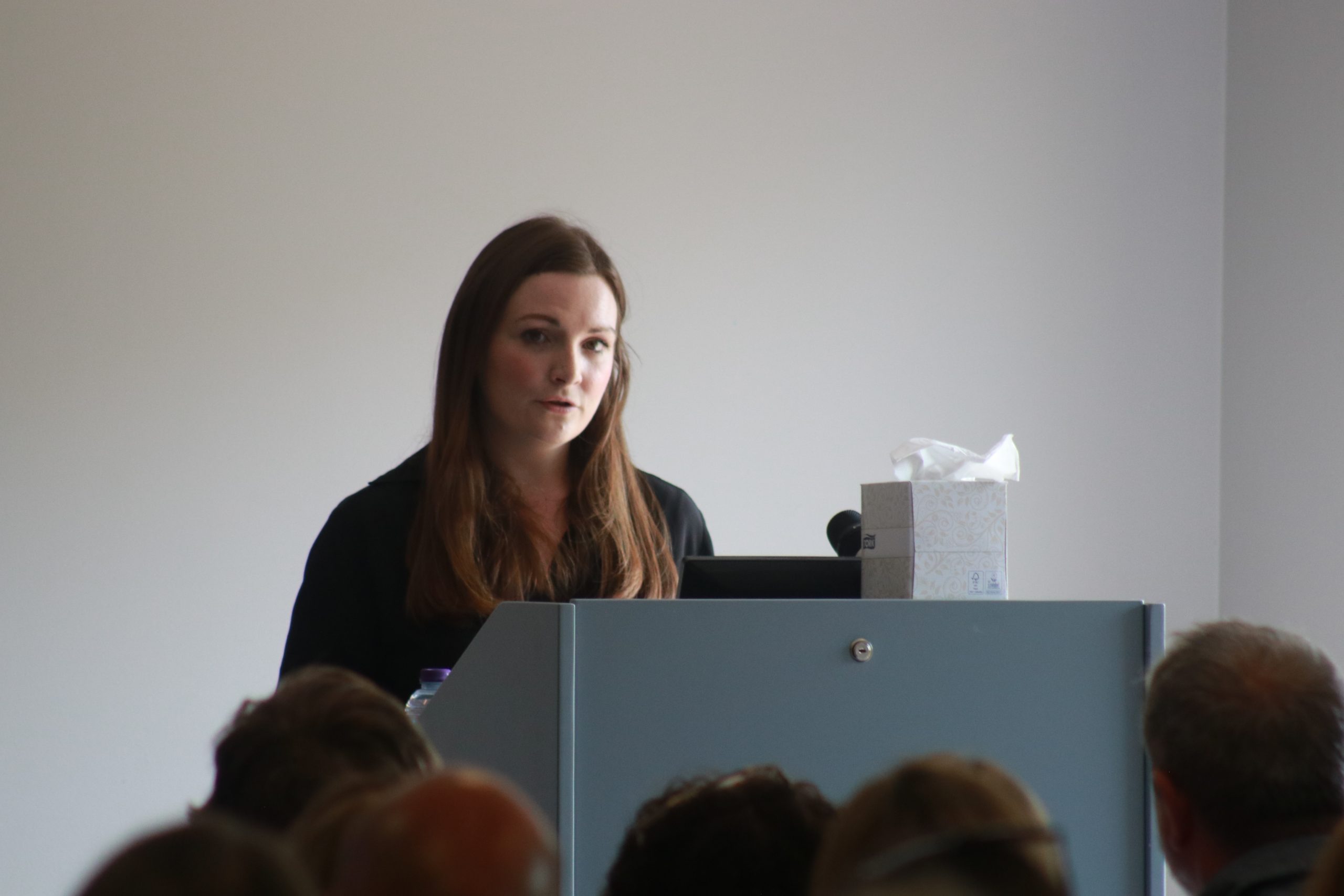
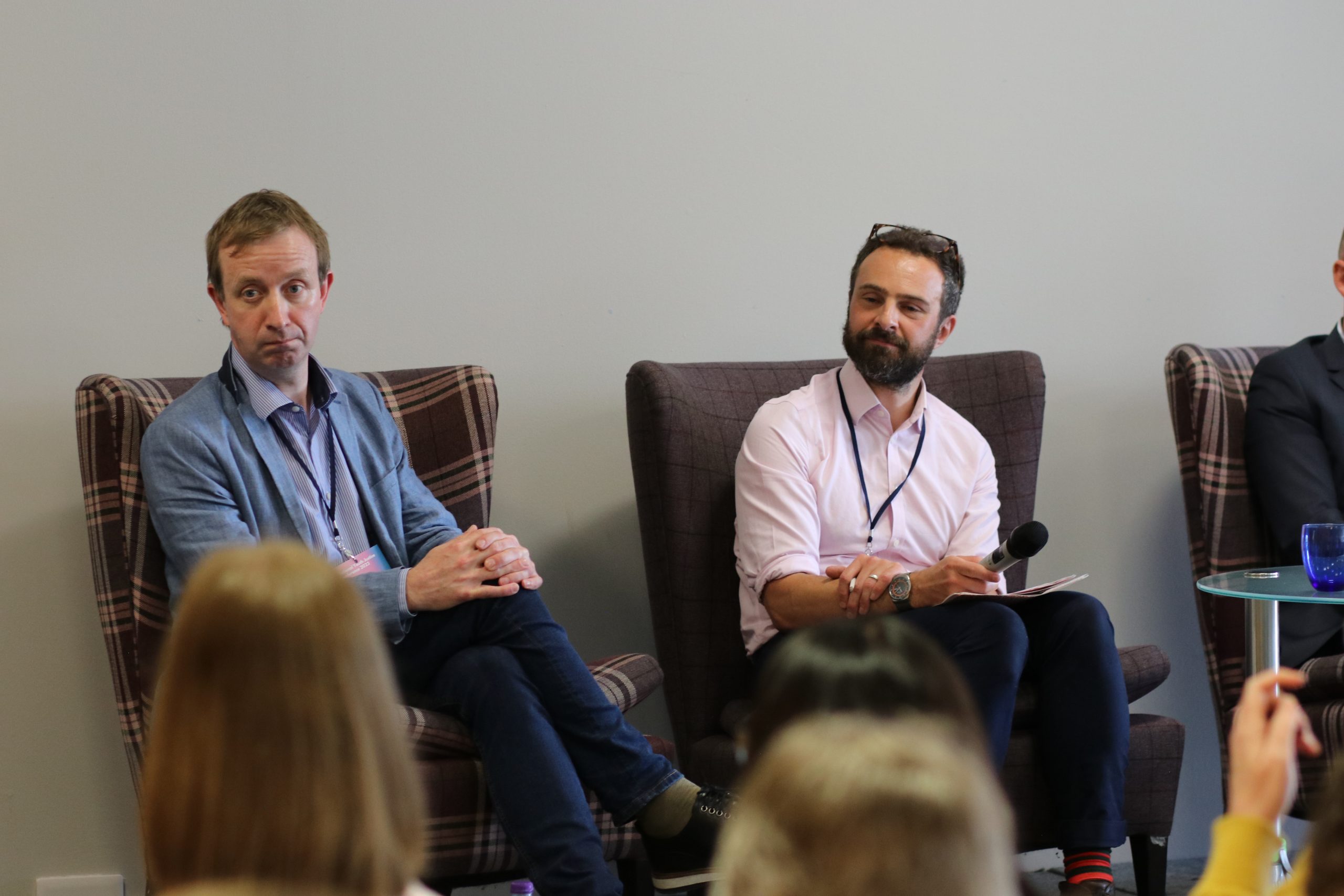
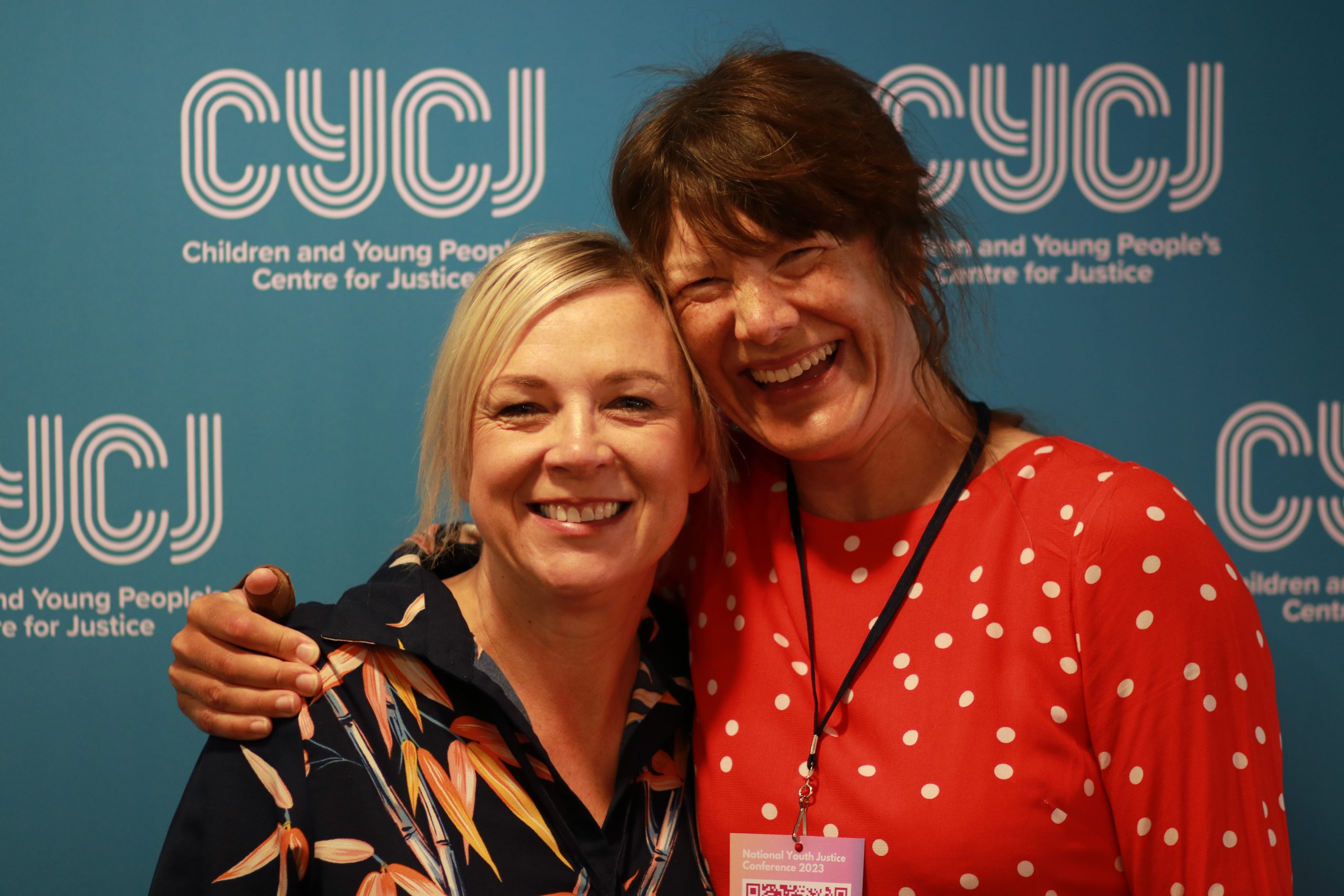
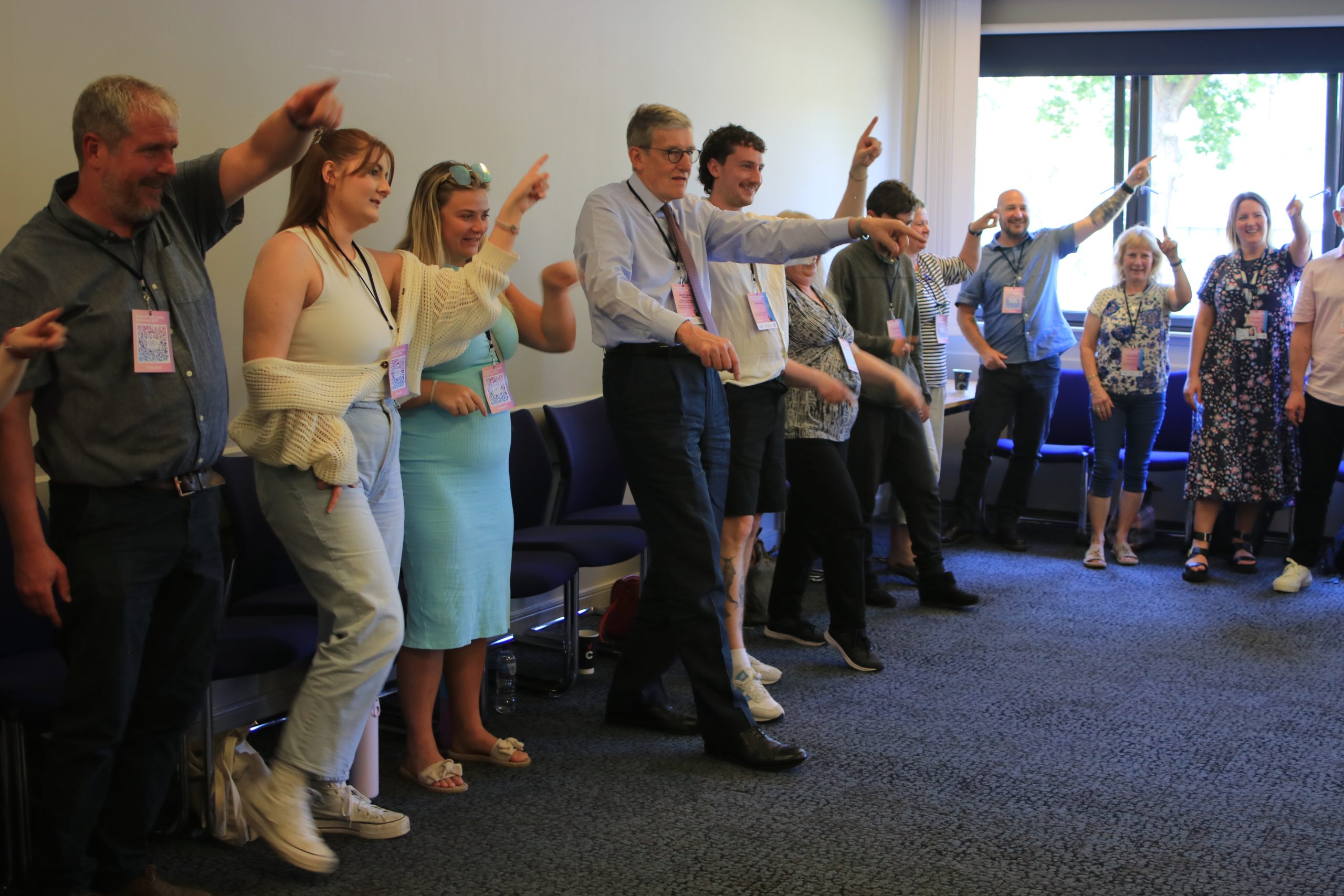
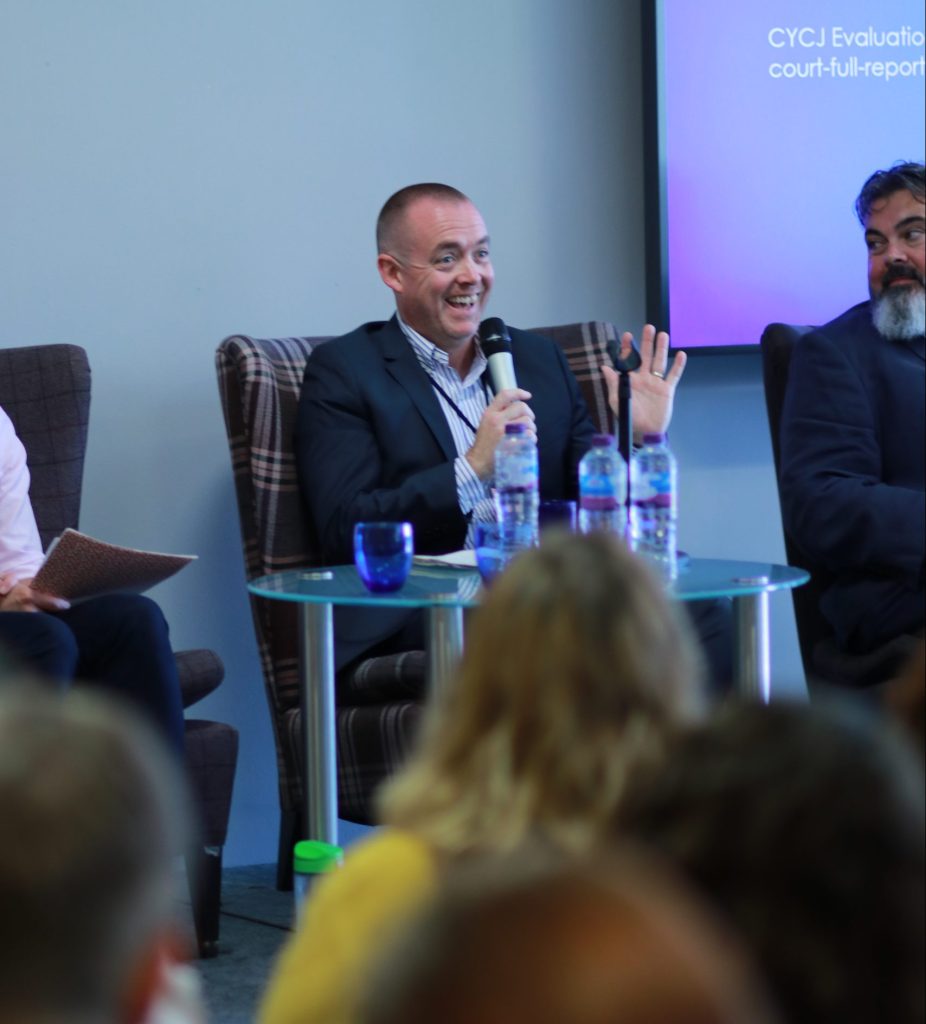
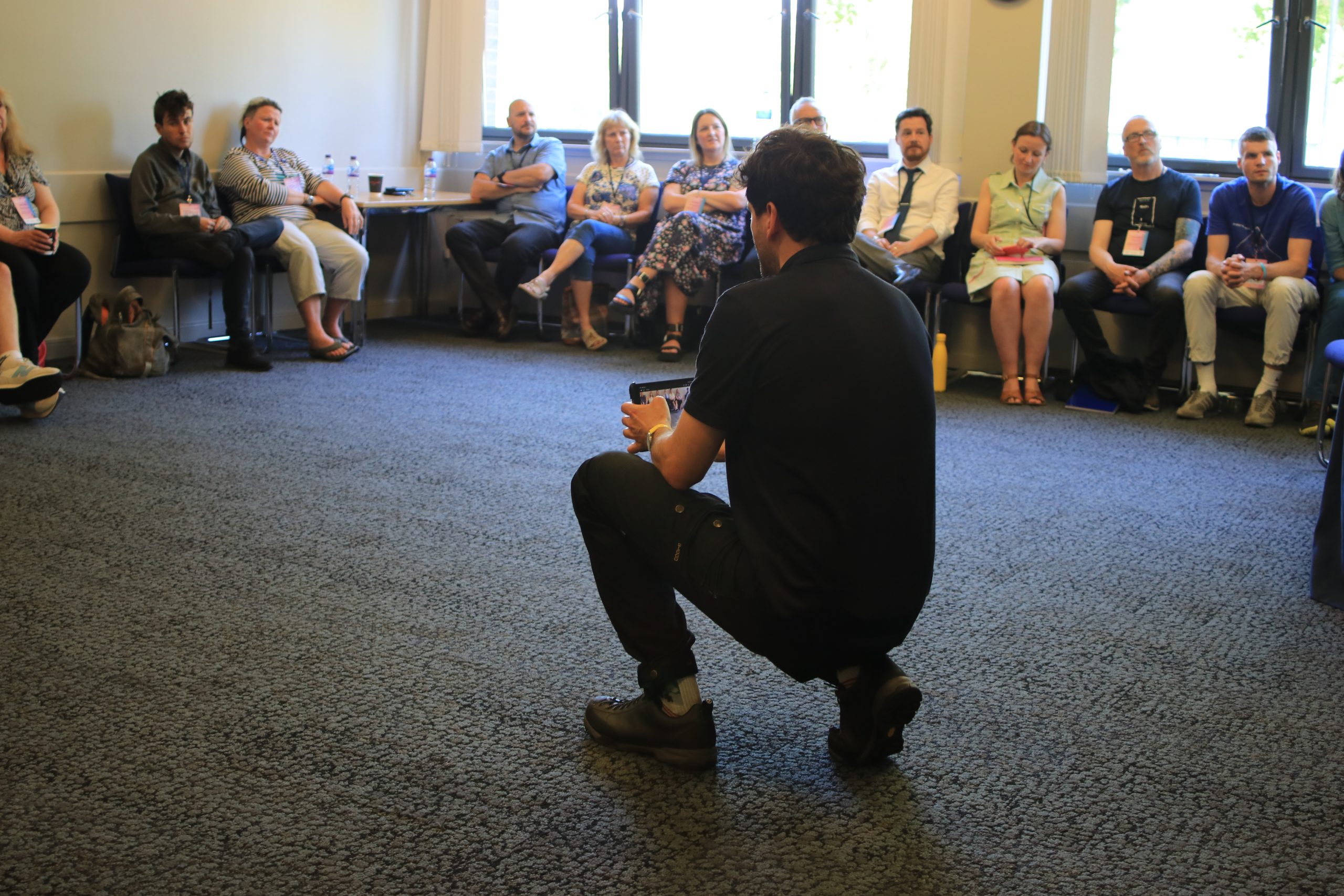
Leave a Reply
You must be logged in to post a comment.